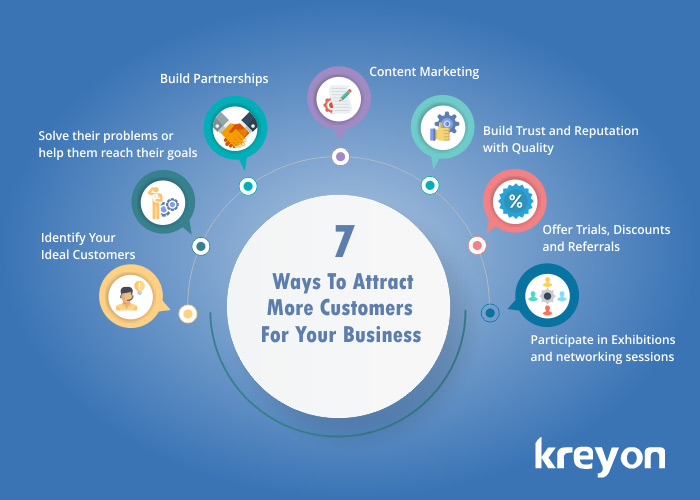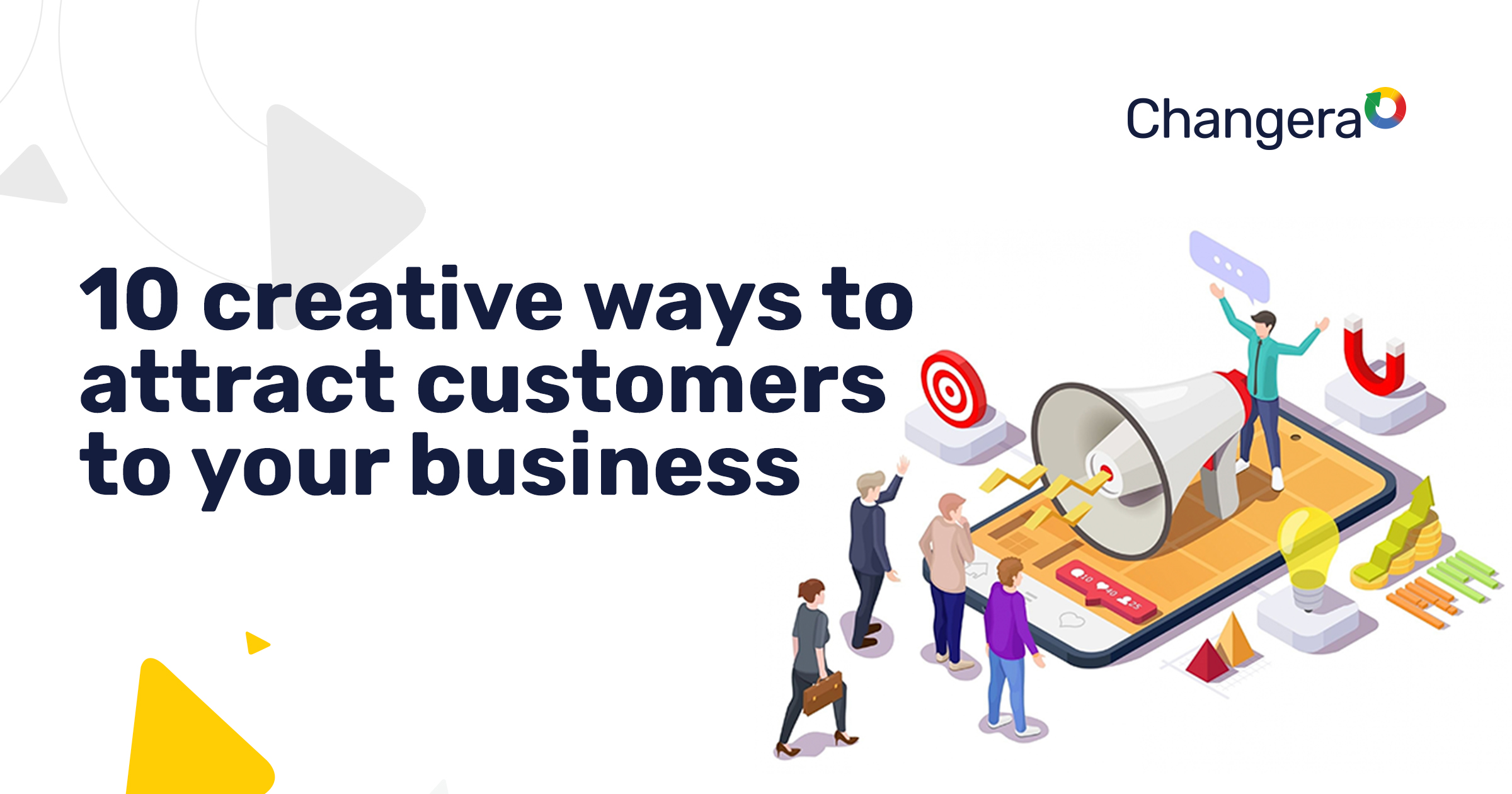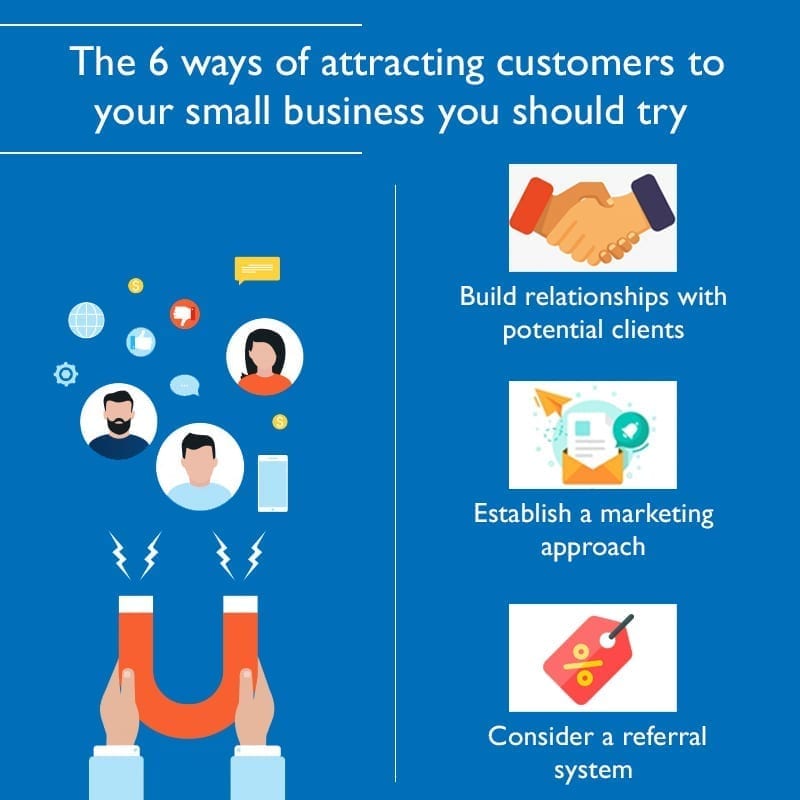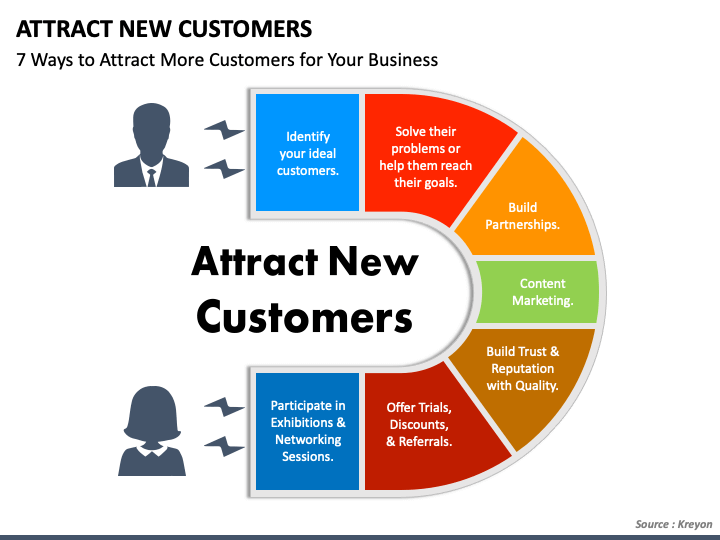How To Attract People To Your Business

In an era saturated with competing voices and ever-evolving consumer preferences, attracting customers to a business has become a multifaceted challenge demanding strategic ingenuity and data-driven decision-making. Businesses across industries are grappling with the complexities of capturing attention, building trust, and ultimately, driving sales in a digital landscape.
This article delves into the key strategies and emerging trends that businesses can leverage to attract and retain customers. It explores the power of targeted marketing, the importance of exceptional customer experience, and the role of innovation in staying ahead of the competition.
Understanding Your Target Audience
Identifying and understanding your target audience is the cornerstone of any successful customer acquisition strategy. According to a Deloitte study, businesses that personalize customer experiences see an average of a 20% increase in sales.
This begins with meticulous market research to define customer demographics, psychographics, and purchasing behaviors. Tools like surveys, focus groups, and social media analytics can provide invaluable insights into customer needs and preferences.
Creating detailed customer personas can help businesses tailor their messaging and offerings to resonate with specific segments of their target audience. Understanding customer pain points and aspirations allows businesses to develop solutions that address their unique needs.
Crafting a Compelling Brand Narrative
In a world of information overload, crafting a compelling brand narrative is crucial for capturing attention and fostering brand loyalty. A brand narrative is more than just a logo or a tagline; it's the story of your business, its values, and its mission.
A strong brand narrative resonates with customers on an emotional level, forging a deeper connection that transcends transactional relationships. Simon Sinek's "Start With Why" emphasizes the importance of communicating the purpose behind your business, inspiring customers to believe in your brand.
Transparency and authenticity are key elements of a successful brand narrative. Customers are increasingly skeptical of marketing hype, and they value businesses that are open, honest, and accountable.
Leveraging Digital Marketing Channels
Digital marketing channels offer a wide array of opportunities for businesses to reach and engage with their target audience. Search engine optimization (SEO) is essential for improving website visibility in search engine results pages (SERPs).
Content marketing, including blog posts, articles, videos, and infographics, can attract potential customers by providing valuable and informative content. Social media marketing allows businesses to connect with their audience, build brand awareness, and drive traffic to their website.
Email marketing remains a powerful tool for nurturing leads and converting them into customers. Pay-per-click (PPC) advertising can generate immediate traffic to your website through targeted online ads. According to HubSpot, businesses that prioritize inbound marketing are 3x more likely to see higher ROI.
Delivering Exceptional Customer Experience
In today's competitive landscape, customer experience (CX) is a key differentiator. A positive customer experience can lead to increased customer loyalty, positive word-of-mouth referrals, and ultimately, higher sales.
This starts with creating a seamless and intuitive customer journey, from the initial point of contact to post-purchase support. Personalization is essential for delivering exceptional customer experiences. Tailoring interactions and offerings to individual customer needs can significantly enhance satisfaction.
Providing prompt and efficient customer service is crucial for resolving issues and building trust. Companies like Zappos have built their brand around exceptional customer service, demonstrating the power of going above and beyond to meet customer needs.
Embracing Innovation and Adaptation
The business landscape is constantly evolving, and businesses must embrace innovation and adaptation to stay ahead of the competition. This includes exploring new technologies, experimenting with different marketing strategies, and being open to feedback from customers.
Data analytics can provide valuable insights into customer behavior, allowing businesses to optimize their marketing efforts and improve their products and services. Regularly monitoring industry trends and competitor activities can help businesses identify opportunities and potential threats.
By fostering a culture of innovation and continuous improvement, businesses can position themselves for long-term success. Clayton Christensen's theory of disruptive innovation highlights the importance of embracing change and adapting to new market realities.
The Future of Customer Acquisition
The future of customer acquisition will likely be shaped by emerging technologies such as artificial intelligence (AI), virtual reality (VR), and augmented reality (AR). These technologies offer new and innovative ways to engage with customers and deliver personalized experiences.
Privacy concerns and data security will continue to be important considerations for businesses. Building trust and transparency will be crucial for maintaining customer loyalty in an increasingly data-driven world.
Ultimately, attracting customers to your business requires a holistic approach that combines strategic marketing, exceptional customer experience, and a commitment to innovation. By understanding your target audience, crafting a compelling brand narrative, and embracing new technologies, businesses can position themselves for success in today's competitive landscape.

![How To Attract People To Your Business 4 Ways How To Attract More Customers To Your Business [Infographic]](https://bluesquaremanagement.com/wp-content/uploads/2018/06/How-To-Attract-More-Customers-To-Your-Business-01.jpg)
















